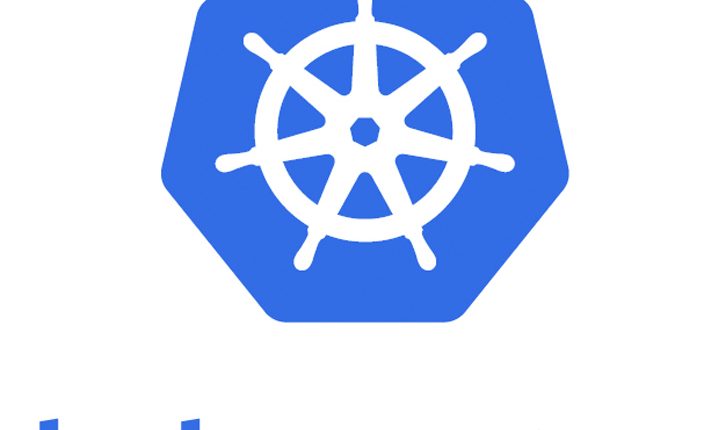
4 BEST Kubernetes articles from Upnxtblog
This is the best compilation of 4 Kubernetes articles from Upnxtblog. As you’re aware Kubernetes is a production-ready, open-source platform designed with Google’s accumulated experience in container orchestration, combined with best-of-breed ideas from the community. It is designed to automate deploying, scaling, and operating application containers.


Kubernetes coordinates a highly available cluster of computers that are connected to work as a single unit. The abstractions in Kubernetes allow you to deploy containerized applications to a cluster without tying them specifically to individual machines.
In short, Kubernetes is
- Portable: public, private, hybrid, multi-cloud
- Extensible: modular, pluggable, hookable, composable
- Self-healing: auto-placement, auto-restart, auto-replication, auto-scaling
Quick Snapshot
If you’re looking for quickstart on basic understanding of Kubernetes concepts, please refer earlier posts for understanding on Kubernetes & how to create, deploy & rollout updates to the cluster.
#1. Kubeless tutorial – Kubernetes native serverless framework
kubeless is a Kubernetes-native serverless framework that lets you deploy small bits of code without having to worry about the underlying infrastructure plumbing. With Kubeless you can deploy functions without the need to build containers. These functions can be called via regular HTTP(S) calls or triggered by events submitted to message brokers like Kafka.
#2.Kubernetes tutorial – Create Kubernetes cluster on AWS with kops
kops (Kubernetes Operations) helps you create, destroy, upgrade, and maintain production-grade, highly available, Kubernetes clusters from the command line. In this post, we are going to look at how to provision Kubernetes cluster using kops utility.
#3.Tutorial : Helm package manager for Kubernetes
Helm is basically a package manager that helps you manage Kubernetes applications.The set of Kubernetes resources that together define an application is packaged as charts. You can think of charts as packages of pre-configured Kubernetes resources. Charts help you define, install, and upgrade even the most complex Kubernetes application. These charts can describe a single resource, such as a Redis pod, or a full stack of a web application: HTTP servers, databases, and caches. In this post, we take look at what is helm & how to install the sample chart and configure the same.
#4.Kubernetes Tutorial: Distributed tracing with Jaeger
Jaeger is a distributed tracing system released as open source by Uber Technologies. Like Dapper or Zipkin,it is used for monitoring and troubleshooting microservices-based distributed systems.In this article, we are going look at how to deploy Jaeger on to Kubernetes cluster.
Download Kubernetes Quick Start Guide!
In This Ebook, You’ll Learn:
- Understand container basics
- Understand Kubernetes concepts and principles
- Create simple cluster & Deploy app
- Scale & perform updates to your app
- Create deployments using YAML file
- Running Kubernetes on Microsoft Azure
- Introduction to Kubeless native serverless framework






Average Rating